Pros and Cons of Gated Content in 2024

Planning an open house party versus an invite-only party is vastly different. If you’re hosting an open house, you have no idea who might show up or how many people to expect. This can lead to creating too much or too little food, not considering specific diets, and not knowing what entertainment people would enjoy. […]
How to Humanize AI: A Guide to Combining the Best of Both Worlds
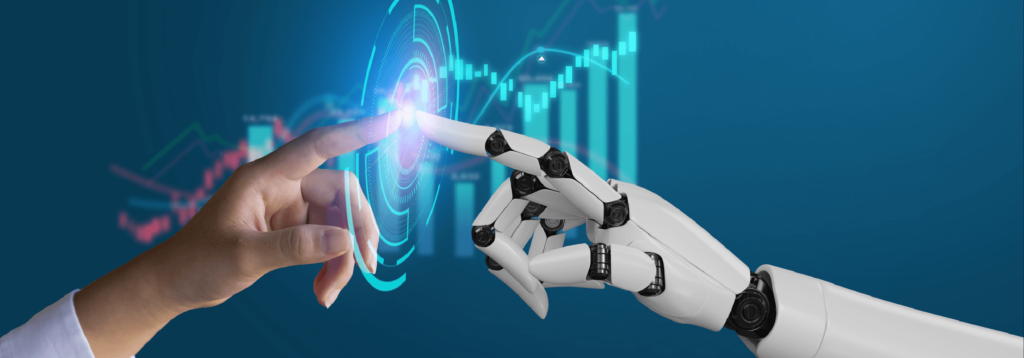
Artificial intelligence (AI) has the power to scan and organize thousands of files. It can identify patterns and detect errors from piles of information. Yet, despite its unparalleled strengths, it still lacks human skills like understanding people’s emotions. There’s no better human than humans, and AI can’t replace that unique spark you have. However, it […]
Account-Based Marketing vs. Traditional Marketing: Which Is Best for Your Tech Company?
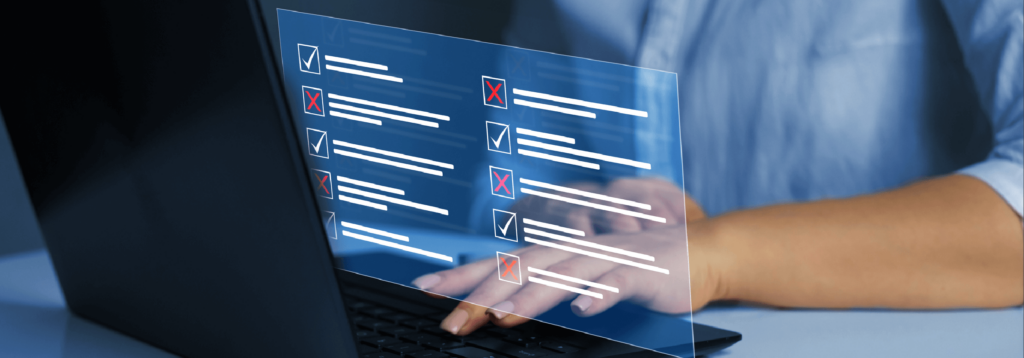
Traditional marketing techniques were the norm for many years because all marketers could do it. Traditional marketing encompasses offline activities such as print ads, billboards, and cold calling. The traditional framework also encompasses digital outbound marketing strategies that follow the same process. However, that framework is no longer the go-to option for all companies, especially […]
How to Build B2B Technology Marketing Workflows with Hushly

Domino effect machines have recently gained popularity on social media. These are machines where a single action triggers a line of events like pushing buttons, spinning wheels, and starting remote-controlled cars. These chains of events all lead to a grand finale, like revealing a birthday message or placing a bowl of ice cream on the […]
4 Types of Buyer Intent and How to Use Buyer Intent Data

Two shoppers entered a toy store. One is a bored-looking teenager who tells the clerk, “I’m just looking.” Another is a mother with two children in tow who grabs a cart and says, “I need a minute to look.” Which one is more likely to purchase? Buyer intent data collects clues about leads and website […]
How to Win at B2B Marketing Data Analytics
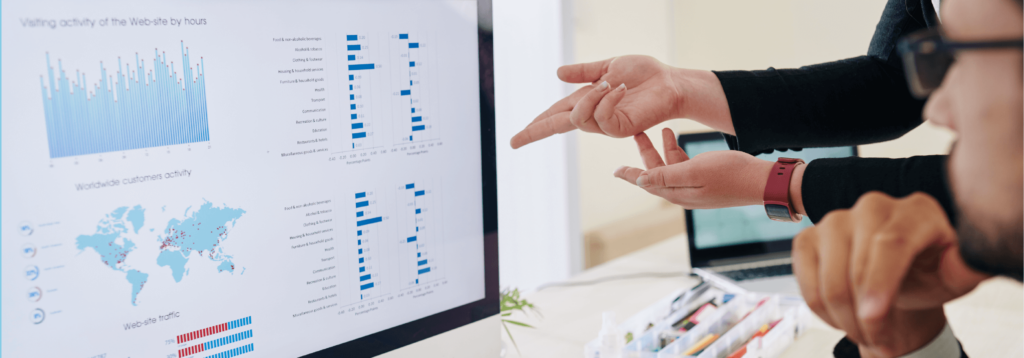
Marketing would be a breeze if more marketing leaders were like Professor X from X-Men. He could telepathically read other people’s minds, often using machines to enhance his ability. While you won’t ever have telepathic superpowers, you do have machines that can aid in reading people’s minds. Artificial intelligence (AI), while not quite the same […]
7 Benefits of Adding Hushly to Your B2B Marketing Automation Platform
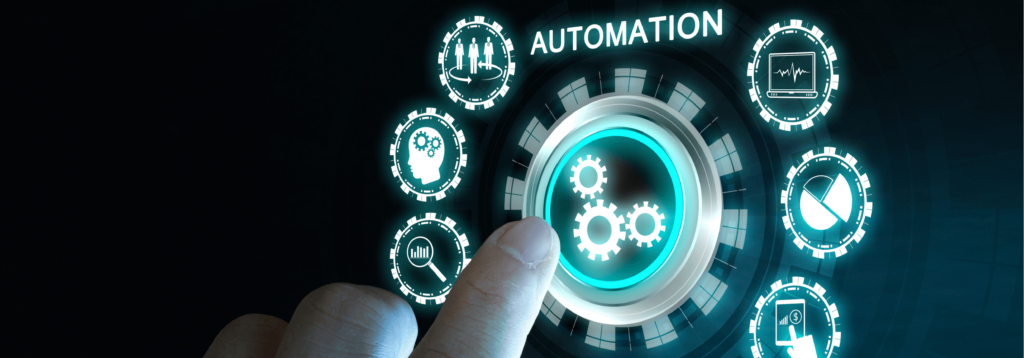
Because of the giant tech leaps made possible by advanced technology, you don’t need to rely on one platform to perform all your marketing tasks. Instead, you can build a powerful marketing automation engine with several tools that fit seamlessly together to capture, nurture, and convert leads. The benefit of using multiple tools is receiving […]
What Are the Key Components of a Landing Page?

A business should have a dedicated landing page when it wants to achieve a specific marketing objective, such as driving conversions, generating leads, or promoting a new service. Landing pages allow businesses to create a customized and focused experience for their target audience, increasing the chances of achieving their marketing goals. A targeted landing page […]
5 Benefits of Having a B2B Resources Page and How to Use It

B2B marketing is all about finding ways to provide your audience with valuable content and drive conversions. Driving traffic to your website and generating backlinks will boost your SEO and lead to even more traffic. One of the best ways to accomplish this is with a high-quality resources page. Let’s explore the benefits of having […]
How Machine Learning in B2B Marketing Helps Businesses
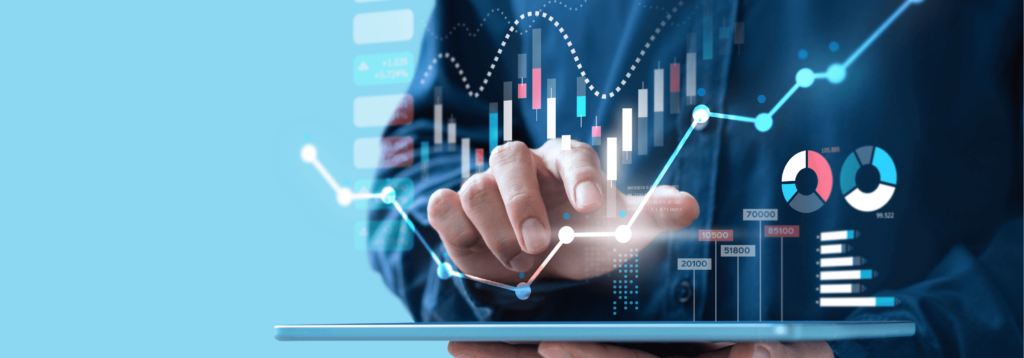
Those who embrace the forward march of technology are rewarded with massive boosts in efficiency and quality. The field of B2B marketing is no exception. In the past several years, machine learning algorithms have been developed which allow computer systems to mimic human learning on superhuman scales. Researchers and computer scientists are just scratching the […]
